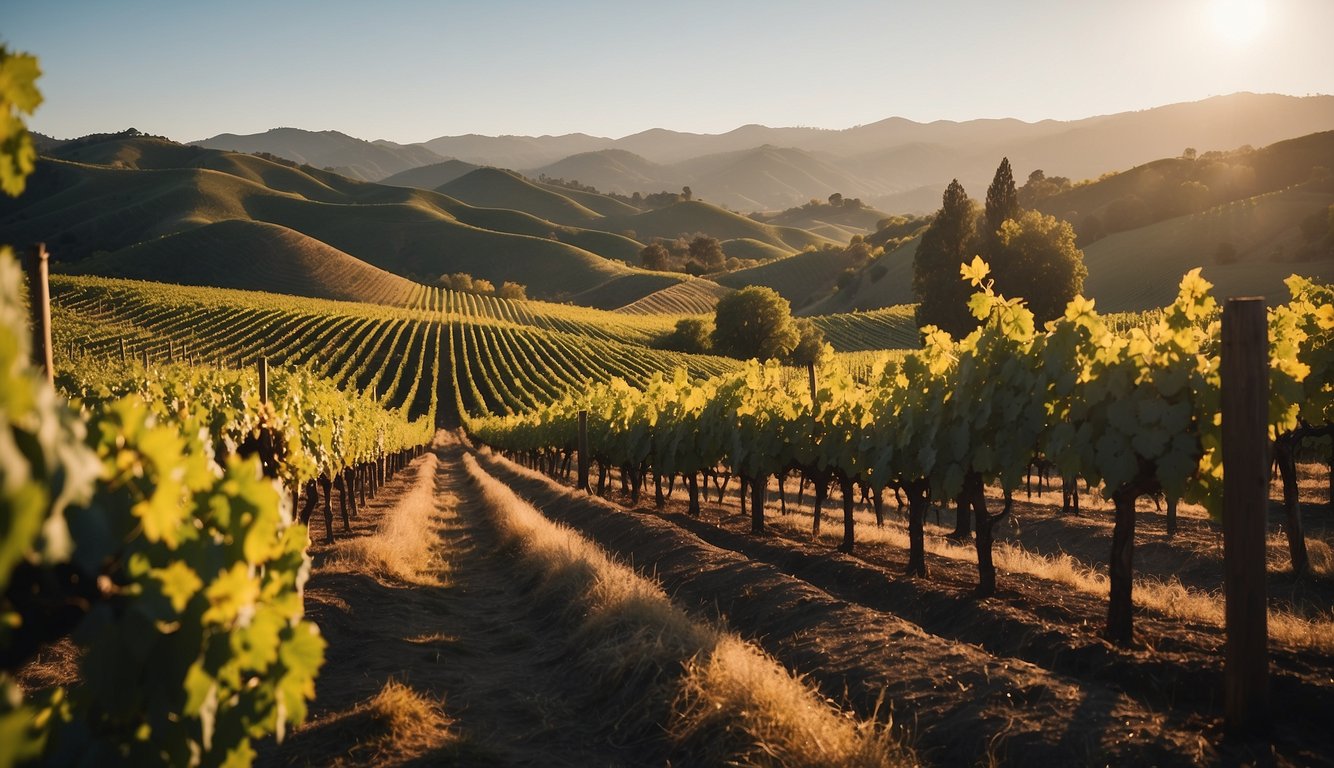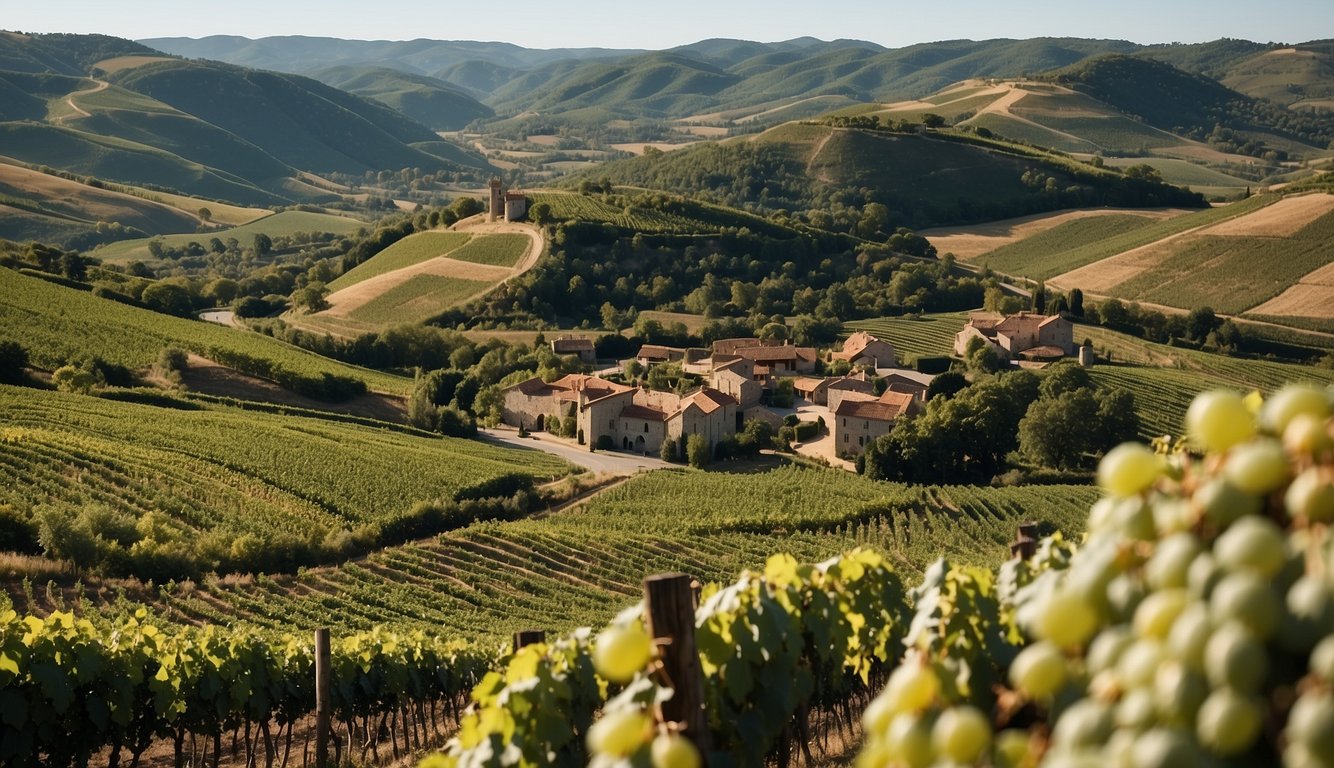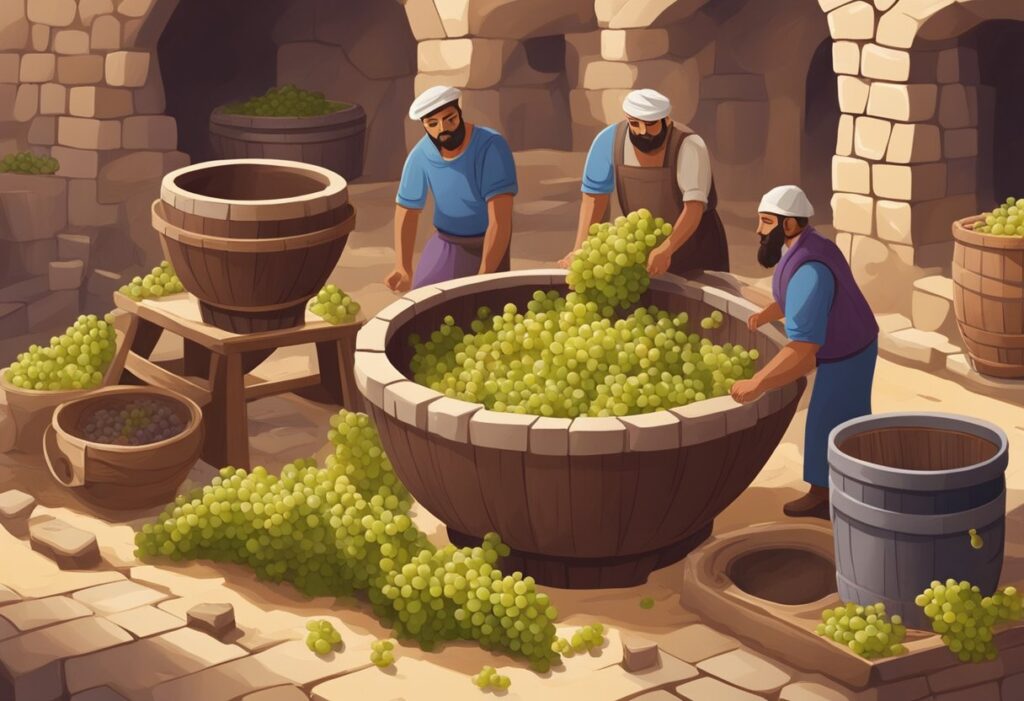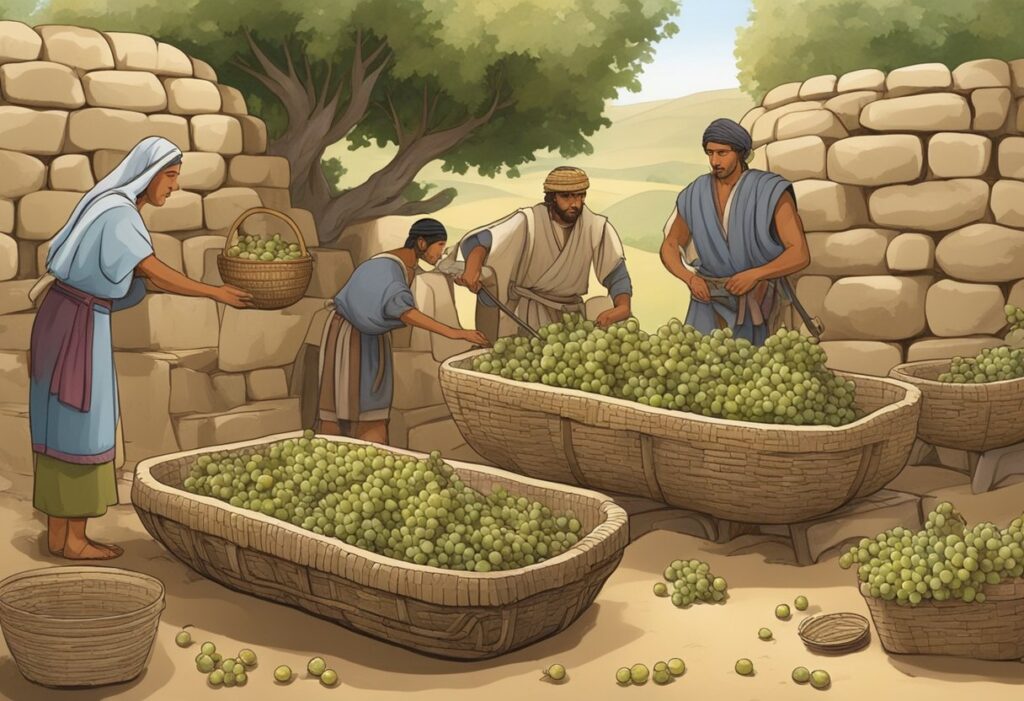Napa Valley, California, has come a long way from its early frontier days to becoming a world-renowned wine epicenter. As early as the 1860s, pioneers like Charles Krug initiated the region’s transformation by establishing the first commercial winery. This breakthrough sparked a wave of growth, resulting in over 140 wineries by 1889, including notable names like Schramsberg and Beringer.

The journey wasn’t smooth, marked by challenges like Prohibition, which tested the resilience of Napa Valley’s wine industry. Yet, the region bounced back stronger than ever, with family-owned wineries and visionary winemakers at the helm. Today, Napa Valley generates billions in revenue, showcasing its remarkable evolution and prominence.
Your visit to Napa Valley isn’t just about tasting wine—it’s about exploring a rich history and witnessing the region’s transformation into a hub of viticulture excellence. Whether you’re a seasoned oenophile or a curious traveler, Napa’s vineyards promise an unforgettable experience.
Historical Landscape of Napa Valley
Napa Valley has a rich history shaped by missionaries, pioneers, and the ups and downs of the wine industry. This journey includes the arrival of European settlers, the impact of the Gold Rush, and the challenges faced during Prohibition.
The Early Beginnings: Missionaries and Pioneers
In the late 1700s, missionaries planted the first vineyards in California for religious purposes. These initial plantings laid the foundation for future viticulture in the region.
In 1839, European settler George Yount arrived in Napa Valley, marking the true beginning of grape cultivation. Yount planted the first proper vineyards using grape cuttings he obtained from Vallejo. This effort significantly shaped the landscape and future of winemaking in Napa.
Impact of the Gold Rush on Local Vineyards
The Gold Rush era of the mid-1800s brought a surge of settlers, increasing the demand for wine. Many sought fortunes in gold but also took an interest in farming and viticulture. This influx of people helped to expand and improve local vineyards. John Patchett established the first commercial winery in Napa Valley in 1857, further advancing wine production during this period. The economic boost from the Gold Rush served as a catalyst for the growth of Napa’s wine industry.
Prohibition and Its Consequences on Winemaking
Prohibition, which lasted from 1920 to 1933, posed a significant challenge to Napa Valley’s wine industry. Many vineyards were abandoned or repurposed for other types of farming. However, some vineyards managed to survive by producing sacramental wine, which was still legally permissible.
The end of Prohibition marked a slow recovery for Napa Valley wineries. It wasn’t until the mid-20th century that the region saw a resurgence in quality wine production. Today, Napa Valley is once again a renowned wine epicenter, thanks to the resilience and creativity of its winemakers.
Geography and Terroir
The geography and terroir of Napa Valley shape the distinctive characteristics of its wines. Climate, soil types, and varied terrain play crucial roles in grape cultivation.
Unique Characteristics of the Valley’s Terrain
Napa Valley’s terrain is a mosaic of diverse soil types formed by volcanic and earthquake activity. These soils range from volcanic rock to alluvial deposits, each contributing unique mineral content that influences wine flavors.
The valley itself is flanked by the Vaca Mountains to the east and the Mayacamas Mountains to the west, creating a natural corridor. This funnel effect allows cool marine air from the Pacific Ocean to moderate the climate, fostering ideal conditions for vineyards.
Higher elevations receive less fog and more sunlight, producing fuller-bodied wines like Cabernet Sauvignon and Merlot. Lower regions benefit from cooler temperatures and are suitable for growing crisp white wines and lighter reds.
Exploring the Different AVAs and Zones
Napa Valley is divided into 16 AVAs (American Viticultural Areas), each with its own microclimate and soil composition. These zones include well-known names like Stags Leap District, Rutherford, and Calistoga, which have distinct characteristics.
For instance, the Stags Leap District is renowned for its soft tannins and rich fruit flavors in its Cabernet Sauvignons. Oakville AVA benefits from gravelly soils that drain well, making it perfect for Cabernet Sauvignon and Merlot. The cooler Carneros AVA, near San Pablo Bay, is ideal for growing Pinot Noir and Chardonnay due to its maritime influence.
Understanding these AVAs helps you appreciate the diversity within Napa Valley and the specific traits each zone brings to its wines. You can explore different vineyards and discover how geography and terroir produce a wide range of flavors and styles.
The Evolution of Winemaking in Napa Valley

Napa Valley’s winemaking journey is rich and fascinating, beginning with sacramental wines and transforming into an industry producing premium varietals. Scientific advancements have played a significant role in improving viticulture and enology practices.
From Sacramental Wines to Premium Varietals
Napa Valley’s winemaking roots date back to the late 1700s when missionaries planted vineyards to produce sacramental wines. This humble beginning laid the foundation for what would become a thriving industry.
In 1861, Charles Krug established Napa Valley’s first commercial winery, sparking substantial growth. By 1889, over 140 wineries operated in the area, including notable names like Beringer and Schramsberg.
Cabernet Sauvignon, Chardonnay, and Zinfandel soon became key varietals. With Krug’s pioneering spirit and the dedication of others, Napa Valley began earning a reputation for its high-quality wines.
The Advent of Science in Viticulture and Enology
The introduction of scientific methods in viticulture and enology marked another significant milestone. You can see the impact of these advancements in the quality and consistency of wines produced today.
Techniques such as soil analysis, irrigation management, and pest control became standard practices. Wineries invested in research to better understand their vineyards. As a result, the industry saw improvements in grape quality and yield.
By 1981, Napa was recognized as an American Viticultural Area (AVA), acknowledging its unique terroir. This official designation solidified its status in the wine world and highlighted the region’s commitment to excellence through science.
Iconic Wineries and Personalities

The growth of Napa Valley’s wine industry is marked by pioneering figures and historic wineries whose impact can still be felt today.
Founding Figures: Robert Mondavi and Others
Robert Mondavi played a pivotal role in transforming Napa Valley into a world-class wine region. In 1966, he founded the Robert Mondavi Winery, which introduced innovative techniques and emphasized the importance of quality.
Charles Krug, another key figure, established the first commercial winery in Napa in 1861. His efforts laid the foundation for the region’s viticulture.
Other notable pioneers include the Korbel brothers, who started producing Champagne-style wines in Sonoma during the 1880s, and Jacob Schram, who founded Schramsberg in 1862.
The Influence of Chateau Montelena and Stag’s Leap
Chateau Montelena made headlines in 1976 when its Chardonnay won the Judgement of Paris tasting, putting Napa Valley on the global wine map. This event is vital to California’s wine history.
Another significant moment came from Stag’s Leap Wine Cellars, whose Cabernet Sauvignon also triumphed at the 1976 Judgement of Paris. These wins showcased Napa’s potential to produce world-class wines, attracting international attention and investment.
These wineries, along with visionary individuals, have cemented Napa Valley’s status as a premier wine-producing region.
Napa Valley Today: Preservation and Innovation

Napa Valley combines a rich winemaking tradition with modern innovations that prioritize sustainability and future growth. This unique blend of past and present shapes its identity, making it a leading wine region.
Sustainable Practices and Modern Challenges
In Napa Valley, sustainability is more than a buzzword; it’s a practice. Vineyards implement eco-friendly techniques like water conservation, soil health management, and organic farming. For instance, many wineries use cover crops and compost to improve soil fertility.
Despite these efforts, challenges persist. Climate change threatens grape quality, leading vintners to adopt new technologies. You’ll find experiments with drought-resistant grape varieties and advanced irrigation systems. These practices help maintain the area’s reputation for high-quality wines, crucial after historic events like the Judgement of Paris.
The Napa Valley Vintners Association and Future Directions
The Napa Valley Vintners Association plays a significant role in guiding the region’s future. This group of over 500 members works to market wines globally and support local sustainable initiatives. They push for higher environmental standards and innovations in winemaking.
Looking ahead, the association fosters new projects like next-gen distribution methods and winery technologies. They also focus on protecting the Napa Valley Agricultural Preserve, ensuring the land remains dedicated to agriculture. This balance of tradition and innovation keeps Napa at the forefront of the wine industry.
By integrating sustainable practices and adapting to modern challenges, Napa Valley continues to thrive as a premier destination for wine lovers and innovators.

